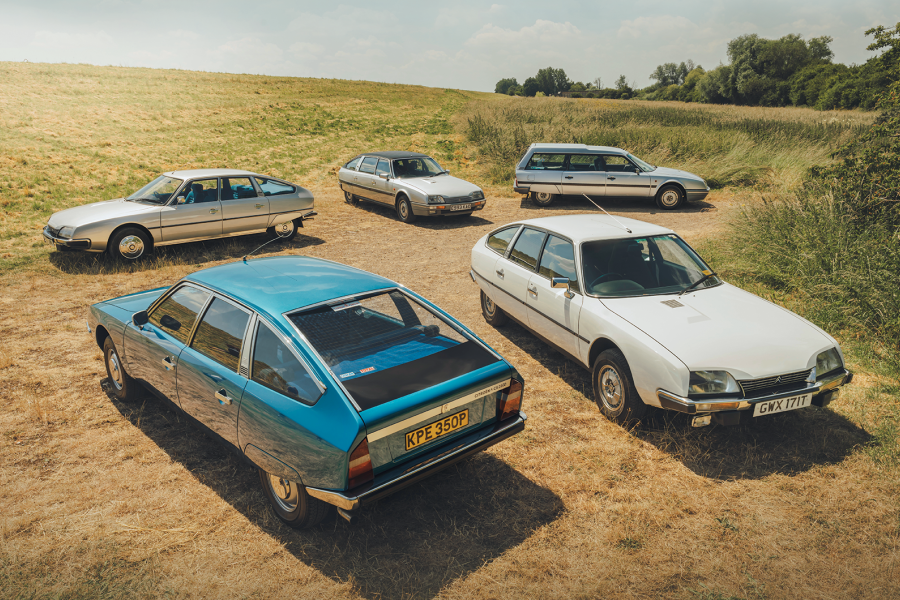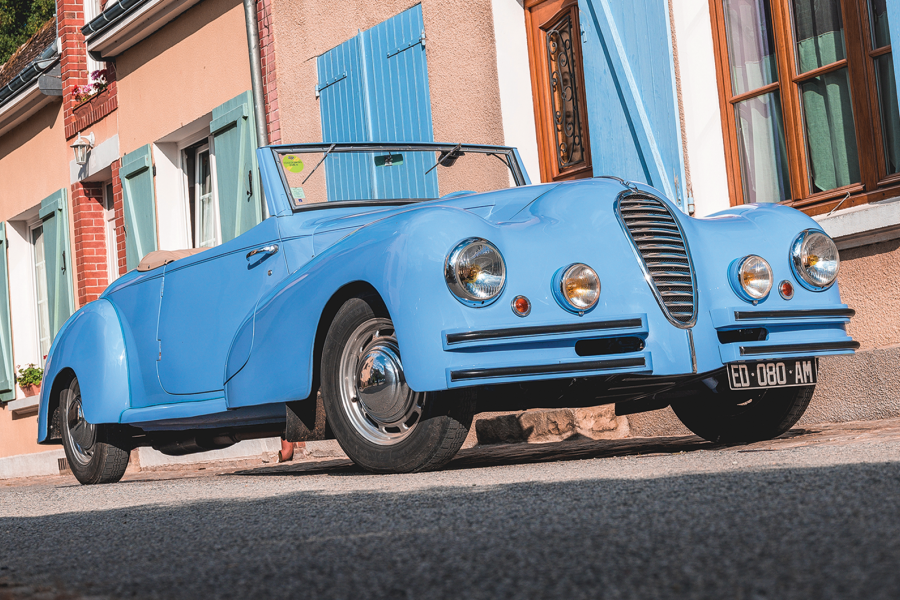
Why you’d want a Citroën Ami
Flaminio Bertoni excelled with his styling of Citroënʼs glorious DS.
Five years later, he was given free rein to design a new, smaller model to fill the void between the 2CV and the low-spec ID.
Bertoni wanted the Ami to appeal to well-heeled French lady drivers – and it certainly did, with a stunningly different, stylish and sophisticated small-car design.
The droop-nosed, ID-style front had to be changed when the decision was made to use the 2CVʼs air-cooled engine, and the final look is not to all tastes, but it is eye-catching and achieved the desired aim of appearing significantly superior to the 2CV.
The Ami 6 pioneered non-round headlamps, and featured plenty of polished aluminium and multiple swage lines, allowing the use of thinner-gauge steel to keep the weight down and the performance up.
A stiffer bulkhead helped hold it all together, but the box-section sills were thin and rust-prone.
As with Fordʼs contemporary 105E Anglia, the reverse-rake rear window helped the car appear bigger, with a large glasshouse and a capacious boot.

But the quirkiness of its looks didnʼt help sales: the estate version, launched three years later, outsold the saloon (551,880 to 483,986) and made the Ami Franceʼs best-selling car in 1966.
















